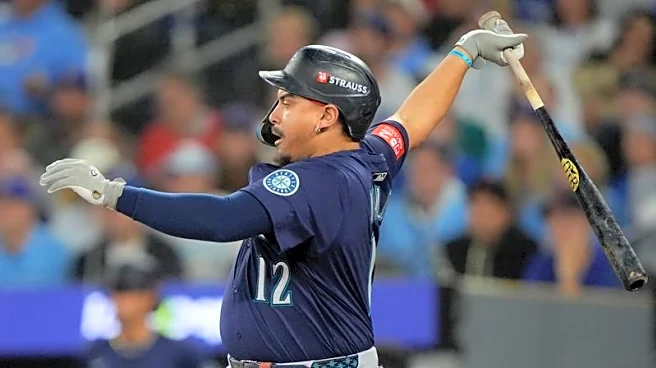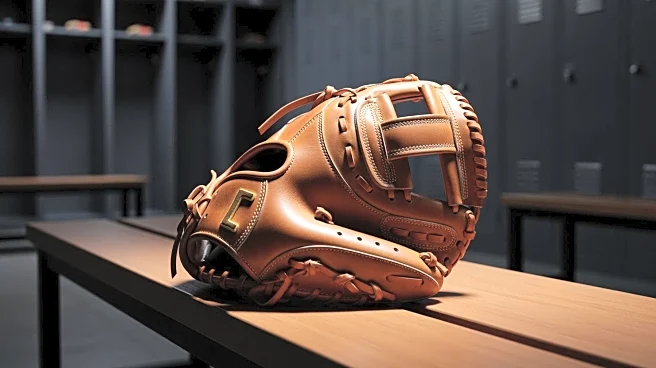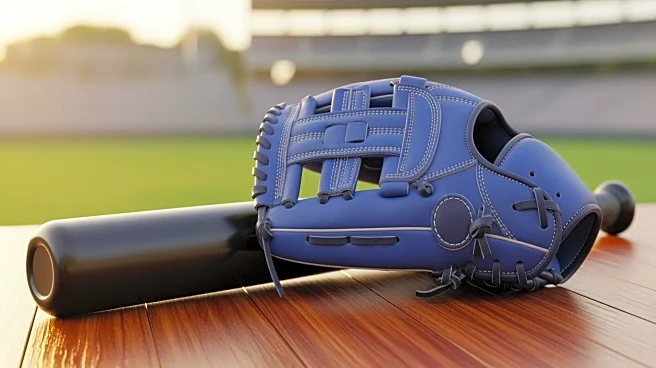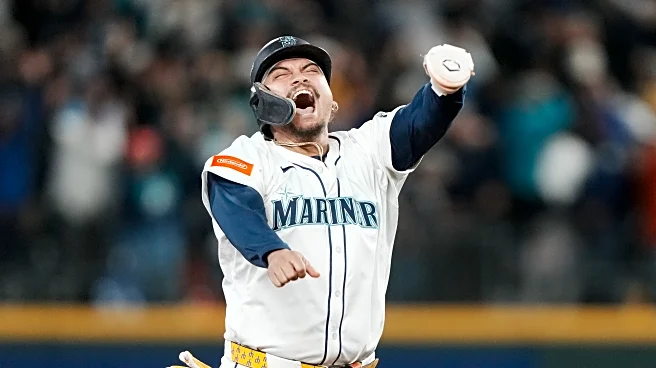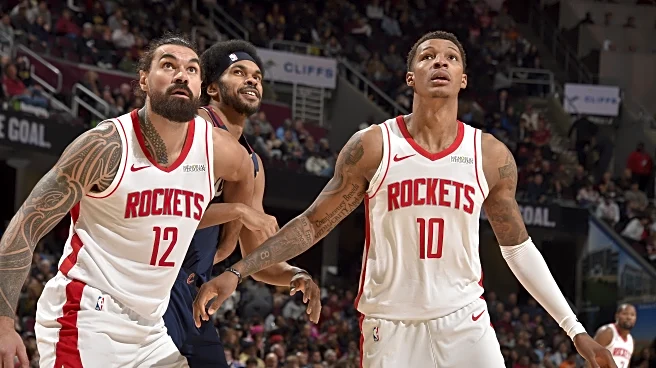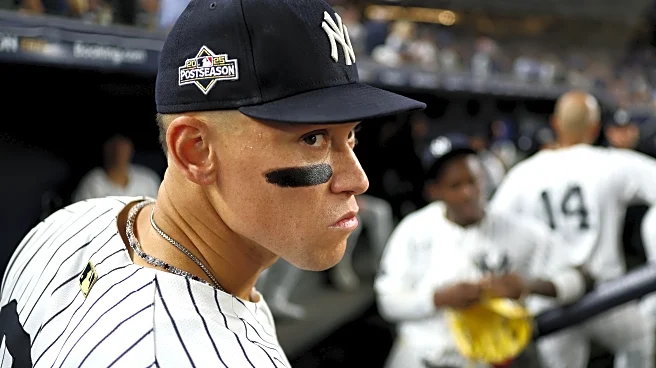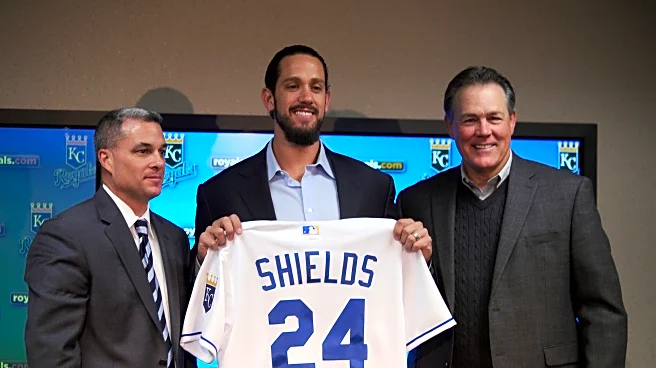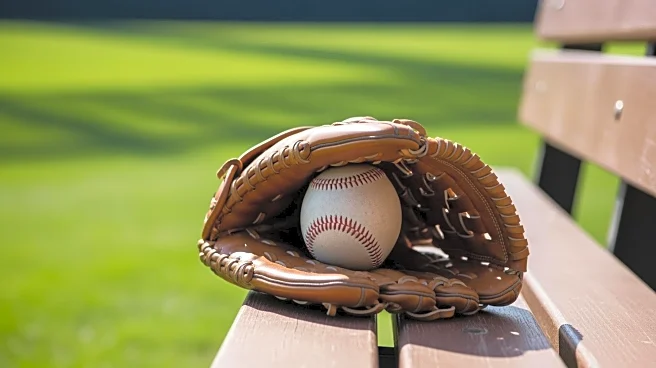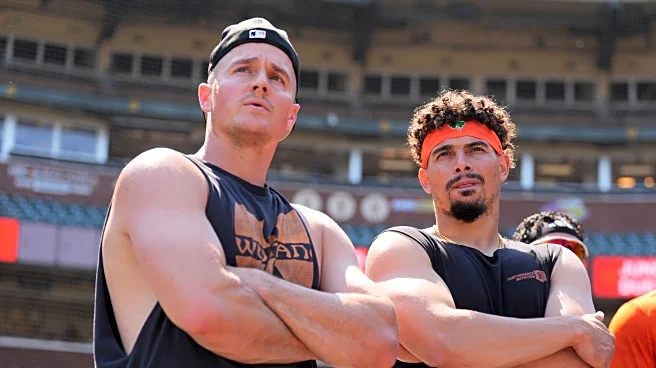This is the second part of my review of what went right for the Blue Jays over the past year, in an effort to learn why I was wrong in calling for a fresh start under a new front office. On Tuesday, I looked at the pre-2025 roster construction and last year’s draft. Today, I’m going to go over the 2024 deadline, the off-season, and decisions made during the 2025 season.
The 2024 Deadline
Shortly after the draft, the front office had to pivot to selling. They opted not to trade anybody who was likely to stick around
for 2025, which was actually a somewhat bold move. Had 2025 also not worked out, and had extension talks not come through, they might have been looking at unloading Chris Bassitt, Bo Bichette, Vladimir Guerrero jr., and possibly Alejandro Kirk for much less than they’d have fetched a year before and with nothing on-field to show for it. Again, believing in the existing plan and sticking with their strategy paid off.
The moves they did make at the deadline also look good, although with limited 2025 impact. Shortly before my article calling for Atkins’ head, they dealt Cavan Biggio to the Dodgers for Braydon Fisher. Fisher was arguably the Jay’s most effective reliever in 2025, posting a 2.70 ERA over 50.0 innings with peripherals that suggest it wasn’t a fluke. At the deadline, the big move was trading Yusei Kikuchi for Jake Bloss, Joey Loperfido and Will Wagner. That helped the 2025 cause in two ways. First, Loperfido produced a (heavily BABIP inflated) 148 wRC+ in 104 PA, giving the Jays a big boost from the fifth outfielder role. Second, the presence of Jake Bloss bolstered the starting pitching pipeline for 2026 and beyond, which surely made it easier to part with Kendry Rojas and Khal Stephen at this year’s deadline. The other moves will play out in the longer term, but the acquisitions of RJ Schreck and Yohendrick Pinango, among some others, show some promise.
Was there a change in strategy to learn from? Again, not an obvious one. They focused in their big move on MLB cusp prospects, which is something they’ve been criticized for before (see, e.g., the trade of J.A. Happ at the 2018 deadline for Brandon Drury and Billy McKinney). Loperfido is even an exact fit for a player type (ultra-athletic centre fielder with power, struggling with the AAA/MLB transition, from Houston) that they’ve pursued before with mixed results. The first time they went after that guy, it was Teoscar Hernandez. The second, it was Derek Fisher. The early returns look good this time, but the process doesn’t look markedly different.
The Offseason
After failing in their pursuit of Juan Soto, and Teoscar Hernandez’ early decision to stay in LA, they were patient and disciplined in pursuing their plan C, Anthony Santander, and they eventually got him for less than most prognosticators had expected. I had worried he’d be overpaid earlier in the offseason, but I have to admit I liked the final deal. In keeping with the theme of me always being wrong, he never really got healthy in 2025 and contributed less than nothing before hitting the IL for two thirds of the season.
One divergence from previous winters was their decision to play at the top of the relief market, giving Jeff Hoffman $30m over three years. Previously, they’d been content to either work a tier lower with the likes of Chad Green and Yimi Garcia or sit out. Their big swing didn’t look great during the season, as Hoffman posted a 4.37 ERA (though he did go an OK 33 for 40 in save attempts). He was nails in the playoffs, though, posting a 1.46 ERA in 12.1 innings.
They made another departure in signing Max Scherzer to a one year, $15m deal. Previously, their significant starting pitching contracts had been focused on durable innings eaters. Yusei Kikuchi, Kevin Gausman, Chris Bassitt, and Jose Berrios all logged big inning totals in the years before the Jays offered them contracts. Scherzer was once a workhorse but hadn’t made 30 starts since 2021 and was coming off managing just 9 in 2024 amid lingering injuries. At age 40, he was a durability risk of the type they’d previously avoided. He made it to the mound a bit more often in Toronto, making 17 starts, but his 5.19 ERA was a disappointment. As with Hoffman, he did a lot to redeem himself with gutty postseason performances, including 4.1 innings of one run ball to exit with a lead in game 7 of the World Series.
Their big trade move was acquiring Andres Gimenez and Nick Sandlin. The best infield defender in baseball and an unconventional soft tossing reliever are very much in keeping with this front office’s preferences. Going out was Spencer Horwitz, who impressed in his 2024 debut but whose faced a lot of competition for 1B and DH reps. The early results weren’t great, with Sanldin posting a shiny ERA in 20 innings before getting hurt and ultimately released and Gimenez struggling at the plate (though with underlying metrics that hint at a bounce back).
Their most effective moves, it turned out, were supposed to be minor. Eric Lauer, who signed a minor league deal and entered the season seventh on the starting depth chart, posted a 3.18 ERA over 104 innings and was crucial in stabilizing a short rotation. Myles Straw was a Cleveland salary dump they accepted in return for $2m of international bonus pool money (earmarked, in yet another continuity, for a star Japanese import who chose the Dodgers in Roki Sasaki). He shocked everyone by playing a fair bit and posting a totally acceptable .680 OPS while adding his usual stellar defence in the fourth outfielder role.
What we have, then, is an offseason that included both continuity and change. At least in terms of the headline moves, neither worked especially well in the short run. Moves that didn’t affect 2025 but which look like wins for the front office were the extensions signed by Vladimir Guerrero jr. and Alejandro Kirk. Vlad wasn’t quite as hoped in 2025, but he put together a historic postseason and it’s safe to say they wouldn’t have seen the World Series without him. They bit the bullet and paid him an uncomfortable amount (even if it took into the season and negotiations long past his stated deadline to do it), something they hadn’t previously shown a willingness to do, and were rewarded.
Outside of the roster itself, they made some staff changes that appear to have made a difference. First was Justin Lehr, hired into a new position as the minor league pitching director, was probably a contributor to the strong performance of many minor league arms this season. His hiring represents a continuation of the modernization of the pitching development system that began with the opening of the new pitch lab at the overhauled Dunedin complex. New VP of baseball operations David Bell and amateur scouting director Marc Tramuta also represent changes in the development system. Improving the organization’s player development performance has been a slow process, but it seems finally to be paying off.
Second was bringing David Popkins as the new major league hitting coach along with assistant Lou Iannotti. It’s always hard to tell who good major league coaches are. When you players play well you’re a genius, when they don’t you’re a fraud. Often you’re one until you’re suddenly the other. It does seem like Popkins has developed a rapport with Springer, though, and he probably deserves some of the credit for his dramatic turnaround.
In-Season 2025
A major change from previous years that I think has to be noted is the aggressiveness of Jays roster decisions this season. They released Zach Pop, Erik Swanson and Chad Green over the course of the first few months of the season. These were three players who they had invested significant resources in and who they’d stood by through previous performance issues. This season, though, there seems to have been more willingness to move when guys weren’t working out. The likes of Adam Cimber and Genesis Cabrera had previously been afforded a lot of rope. That didn’t happen this year. The change culminated with the September DFAs of recent top prospect Orelvis Martinez (who’d had a brutal year after a PED suspension scrubbed his 2024) and former ace Alek Manoah (whose Tommy John recovery wasn’t progressing as hoped). Roster spots were needed, and the team seems to have moved without hesitation. We’ll see whether either of the later moves comes back to bite them, but for now they represent a new urgency around present performance.
At the deadline, they bought more aggressively than they previously have. In 2020 they acquired Dan Vogelbach, Ross Stripling and Jonathan Villar for not much. In 2021 they went bigger, trading two significant prospects in Austin Martin and Simeon Woods-Richardson for Jose Berrios, but it was still a move with an eye to the future (Berrios was under control for one more year and they quickly extended him) as much as the present, and Joachim Soria and Brad Hand were tepid bullpen moves. In 2022 they did give up a real prospect in Jordan Groshans for Anthony Bass and Zach Pop, but Mitch White and Whit Merrifield weren’t needle movers. Jordan Hicks, Paul DeJong, and Genesis Cabrera in 2023 also failed to excite.
2025 was a different beast. Shane Bieber was a pure win now move with high risk, given that Biber had a player option and hadn’t played in a couple of years. They gave up Stephen, as big a prospect at the point he was traded as this front office has sold in their time running the team. Louis Varland (who is controllable for several years) cost Alan Roden and Kendry Rojas, either of whom is a better prospect than any previously traded for a reliever. Even Seranthony Dominguez cost Juaron Watts-Brown, a promising pitcher who was racking up Ks in AA. Ross Atkins didn’t suddenly turn into A.J. Preller, but he parted with as many high end prospects this deadline as they did over the previous four in which they were buyers.
Conclusion
There’s no dramatic about-face here. The changes I can spot are a bit more appetite for risk in the free agent market and a greater sense of urgency with roster and trade decisions in-season. Beyond that, it’s a combination of the ongoing improvement of scouting, player development, and MLB coaching bearing fruit and just plain better luck. I still have issues with some of the front office’s decisions, and a lot of things they spent significant resources on objectively didn’t work, but I have to offer credit in two areas. Their existing plan was better than I gave it credit for amid the everything-going-wrong 2024 season, and in the longer run it shows. And they displayed a willingness to shift their attitude that I didn’t expect after eight years of conservative management. They’re off the hot seat, and I have to concede that they deserve to be.



